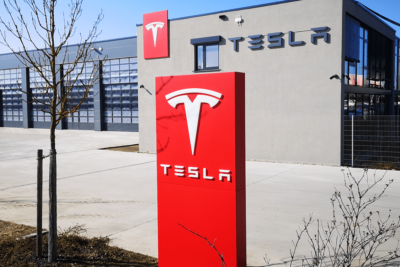
Japanese electronic parts manufacturer ROHM has formed a strategic partnership with Taiwanese foundry TSMC for the development and volume production of gallium nitride (GaN) power devices for EVs.
The partnership will integrate ROHM’s device development technology with TSMC’s GaN-on-silicon process technology.
GaN power devices are currently used in consumer and industrial applications, such as AC adapters and server power supplies. TSMC supports GaN technology for its potential benefits in automotive applications, such as EV onboard chargers and inverters.
The partnership builds on the companies’ previous collaboration on GaN power devices. In 2023, ROHM adopted TSMC’s 650 V GaN high-electron mobility transistors (HEMT), which are increasingly being used in consumer and industrial devices, as part of its EcoGaN series, including its 45 W AC adapter C4 Duo.
Back in 2018, ROHM partnered with specialist GaN Systems to develop power electronics and research new automotive applications. GaN Systems has since been acquired by German semiconductor manufacturer Infineon.
“GaN devices, capable of high-frequency operation, are highly anticipated for their contribution to miniaturization and energy savings,” said Katsumi Azuma, Member of the Board and Senior Managing Executive Officer at ROHM.
“By combining TSMC’s expertise in semiconductor manufacturing with ROHM’s proficiency in power device design, we strive to push the boundaries of GaN technology and its implementation for EVs,” added Chien-Hsin Lee, Senior Director of Specialty Technology Business Development at TSMC.
Source: ROHM



